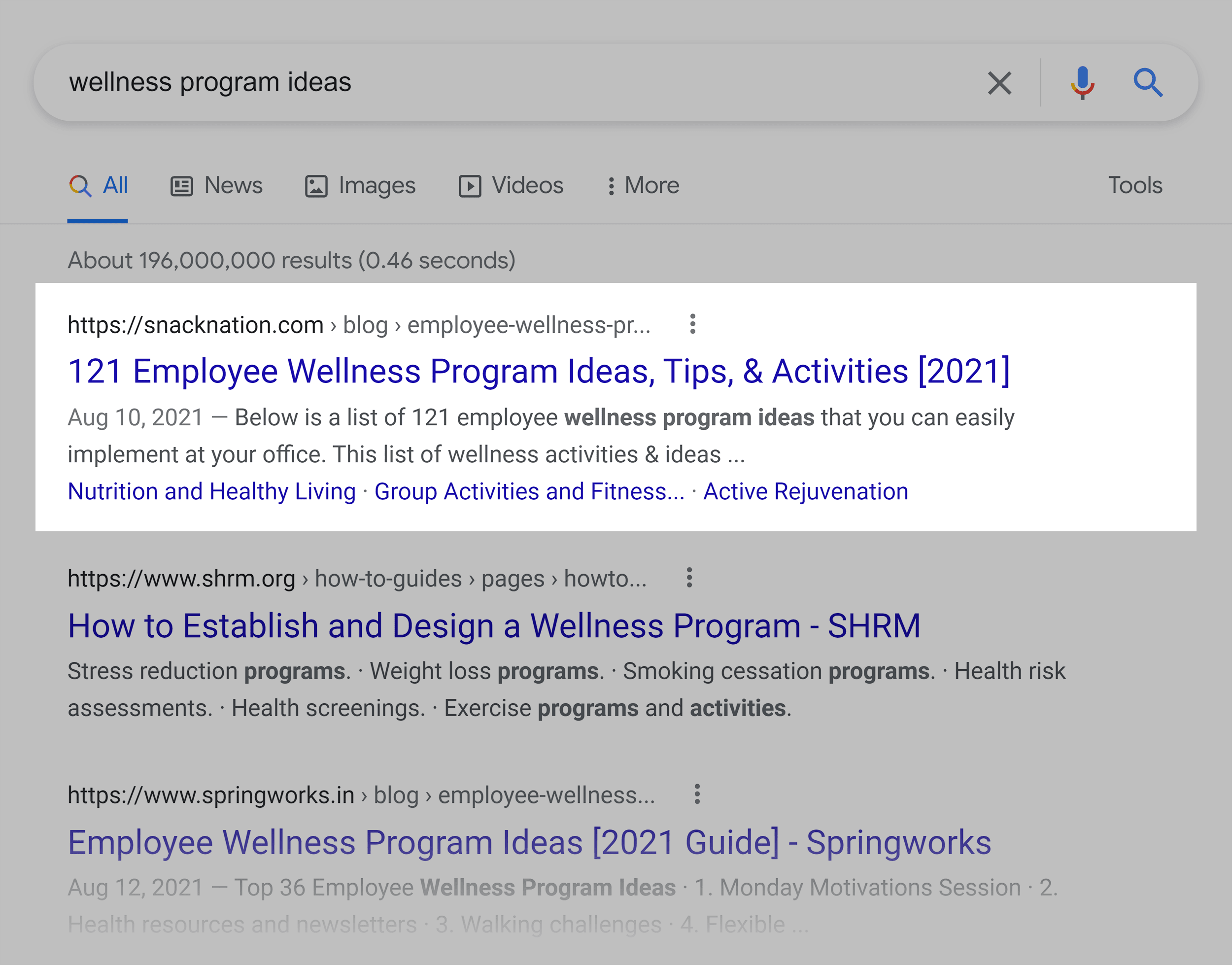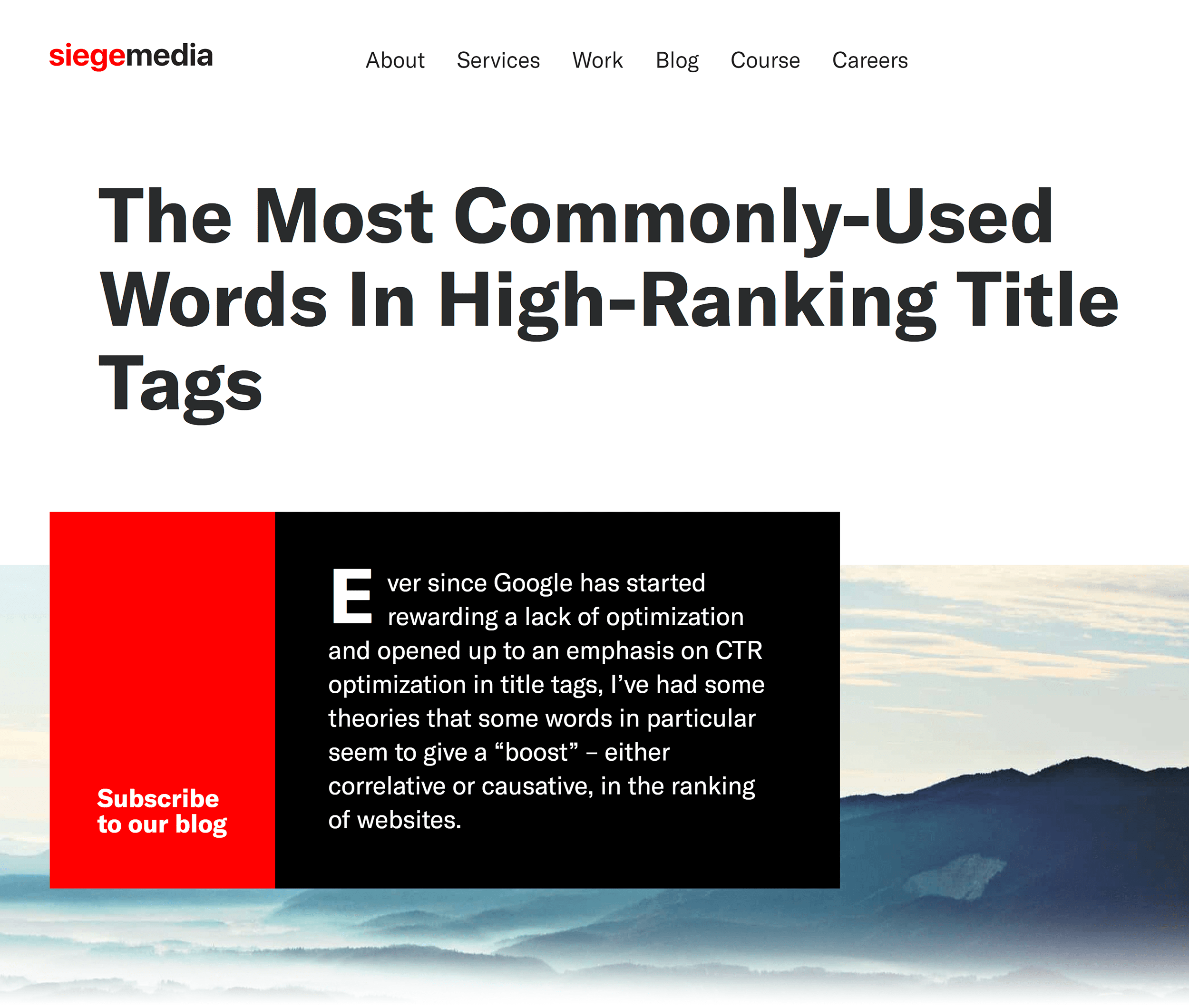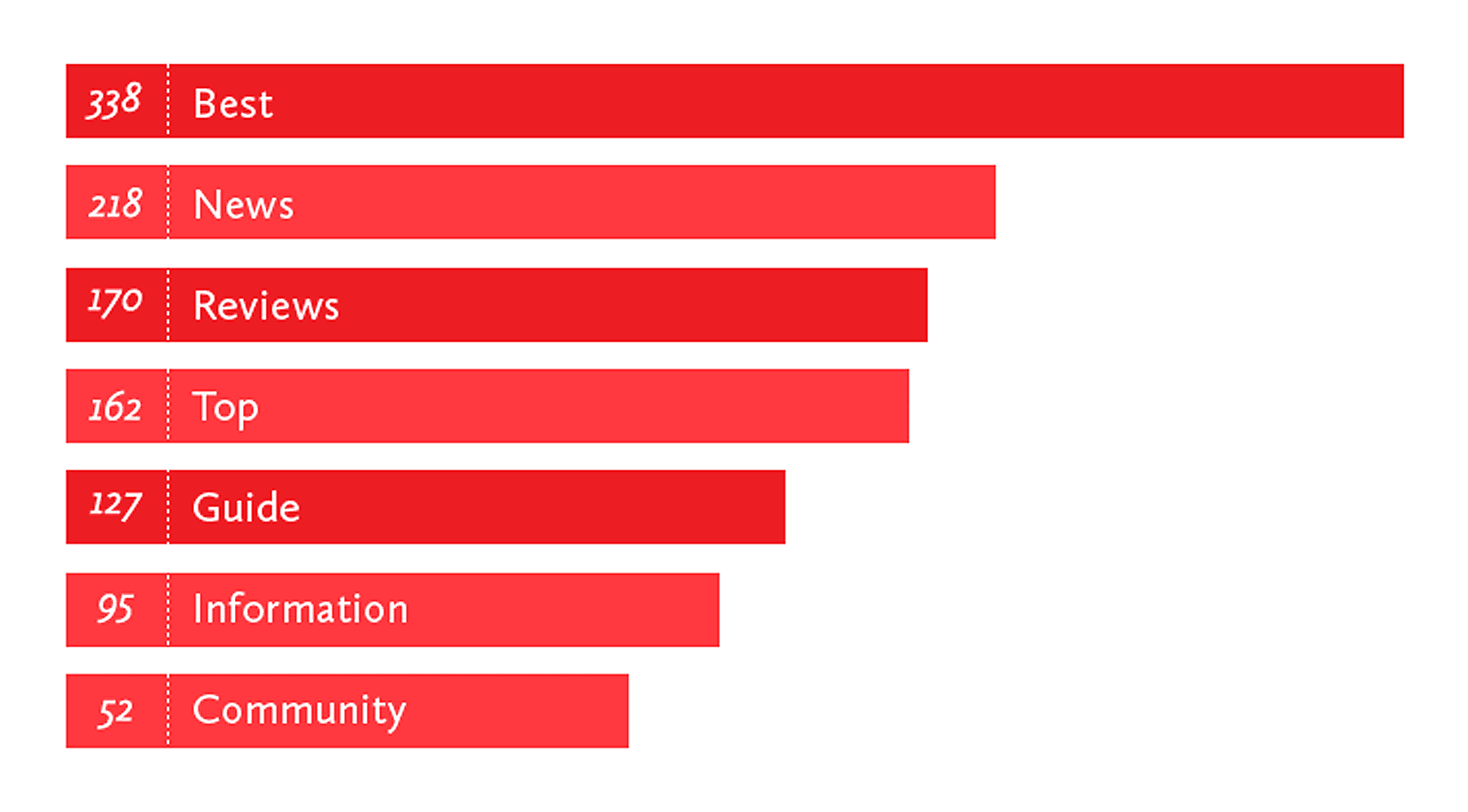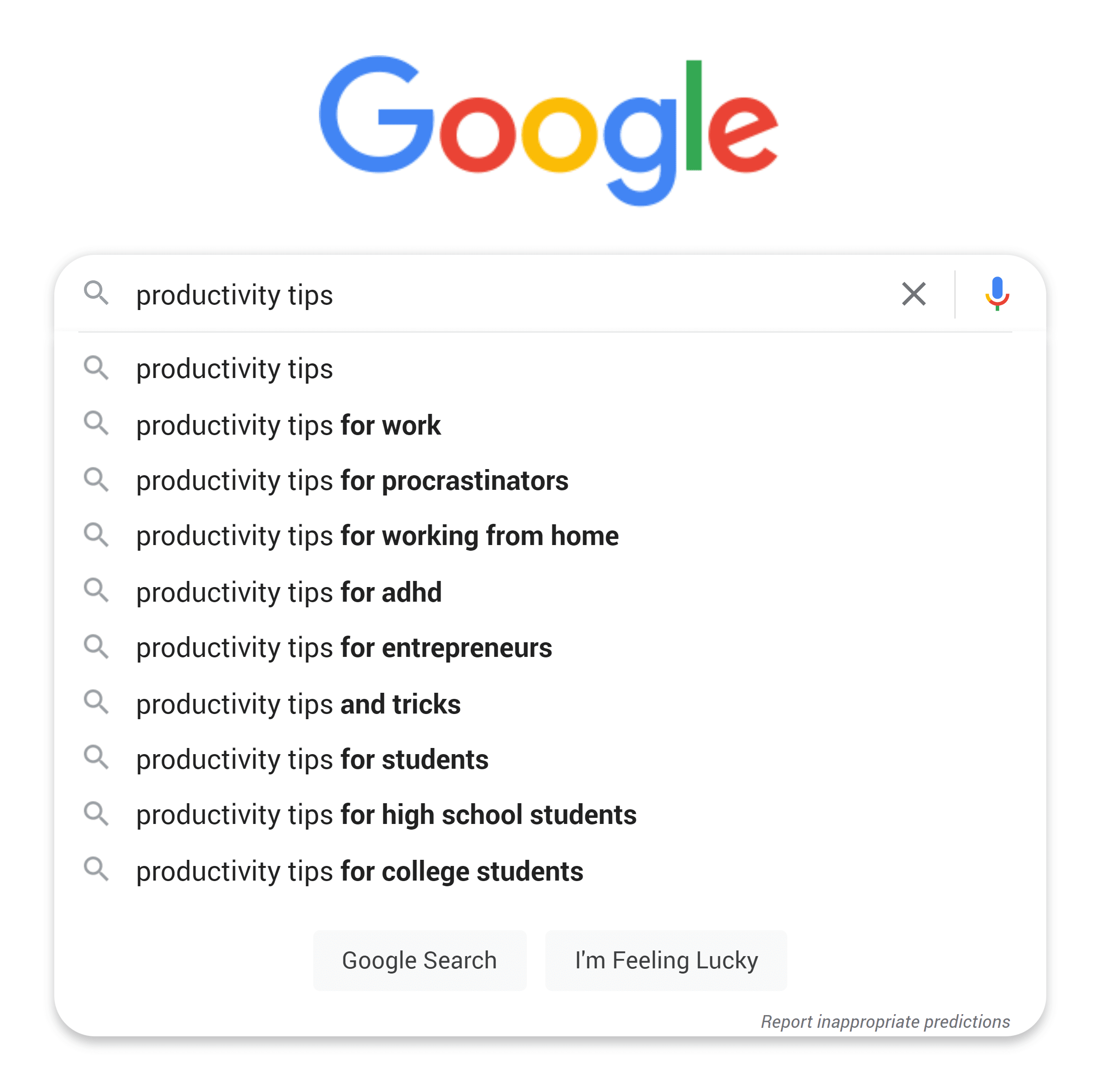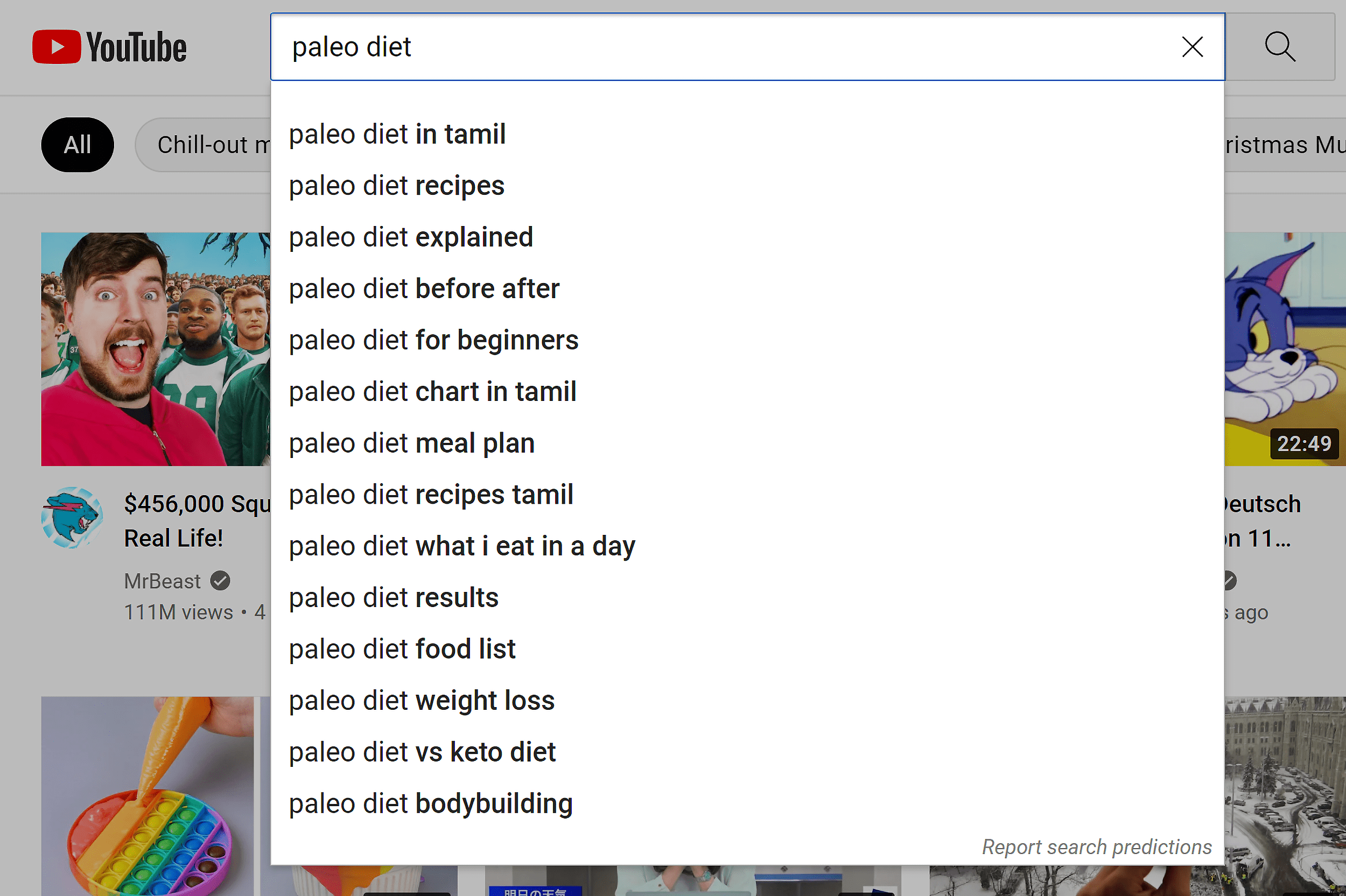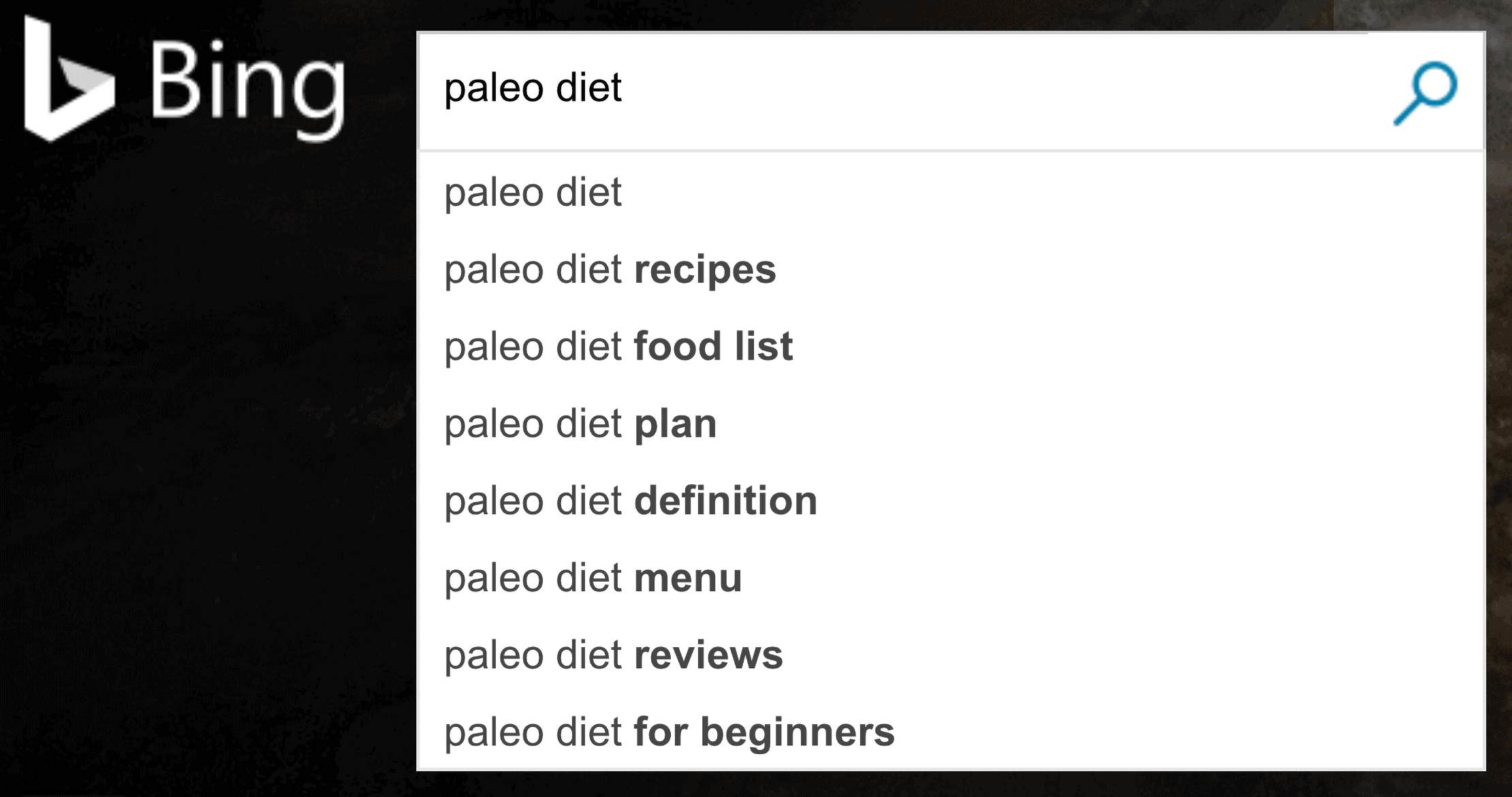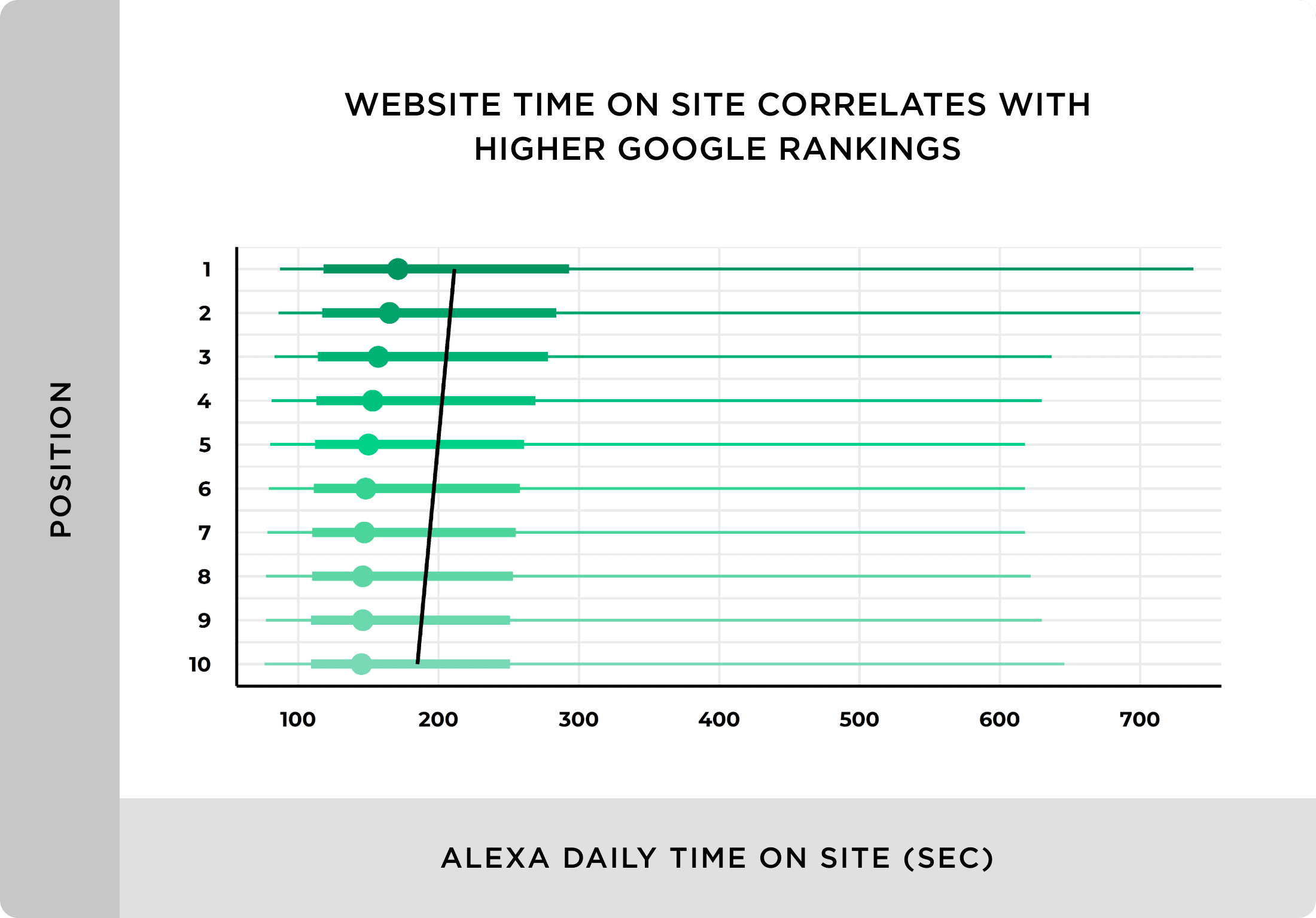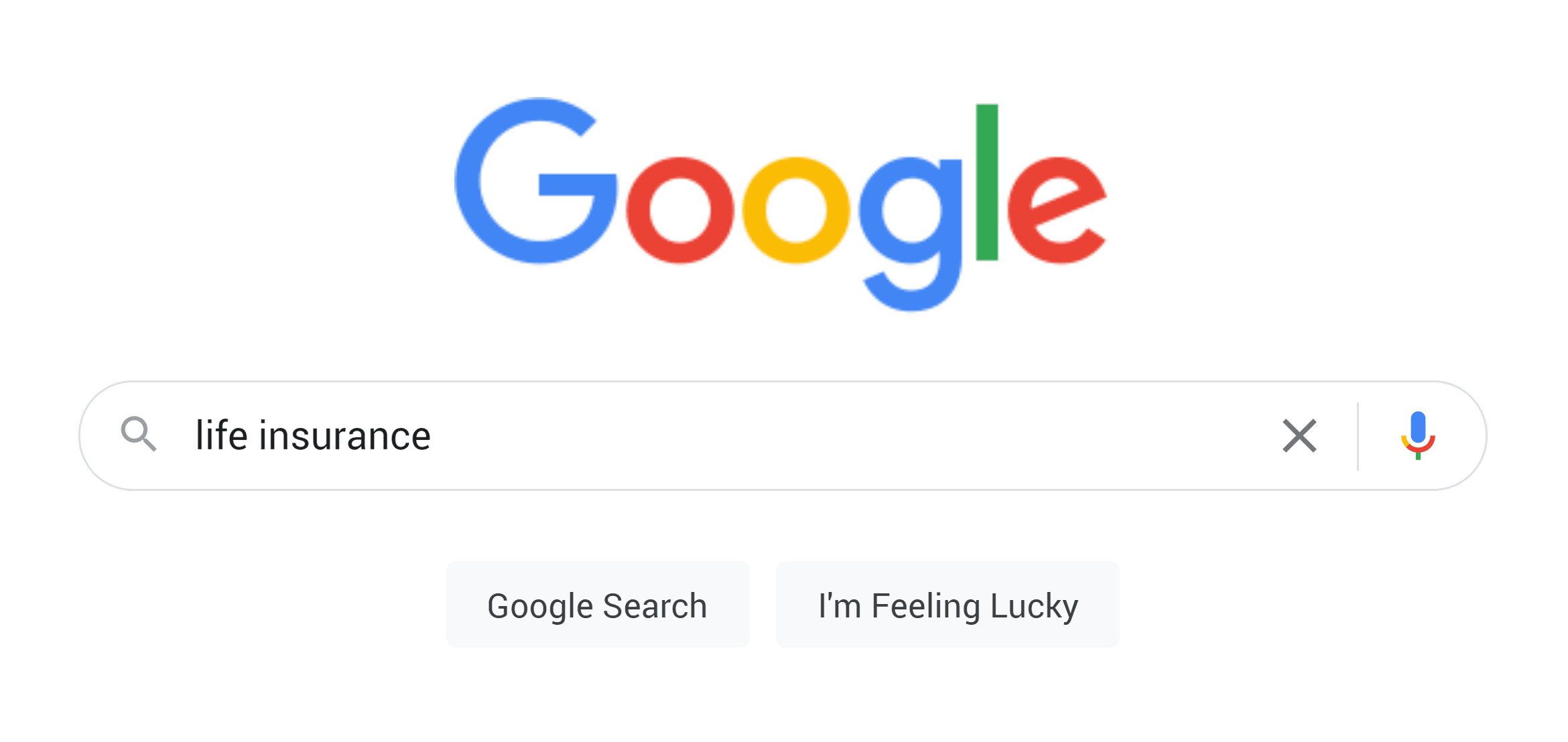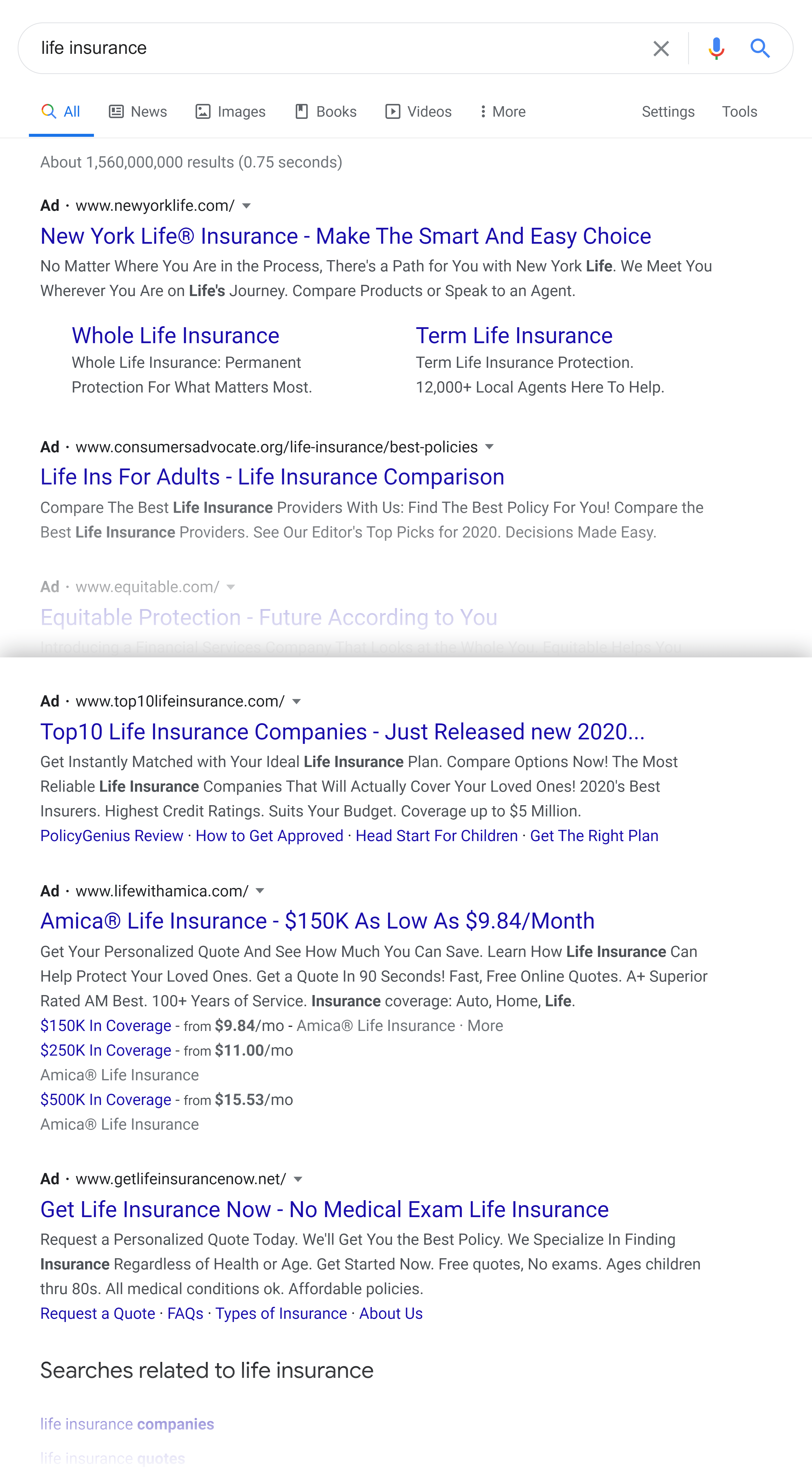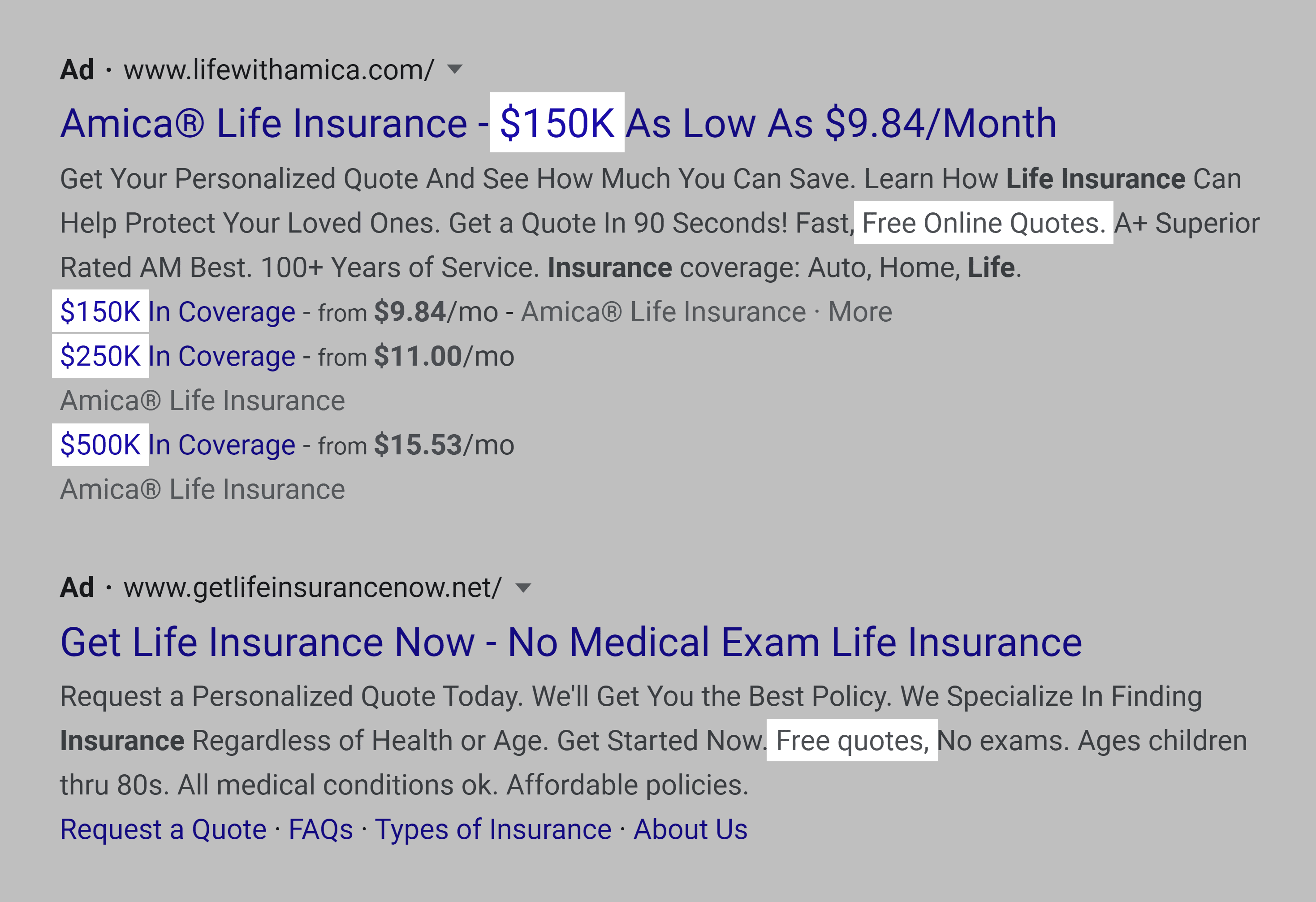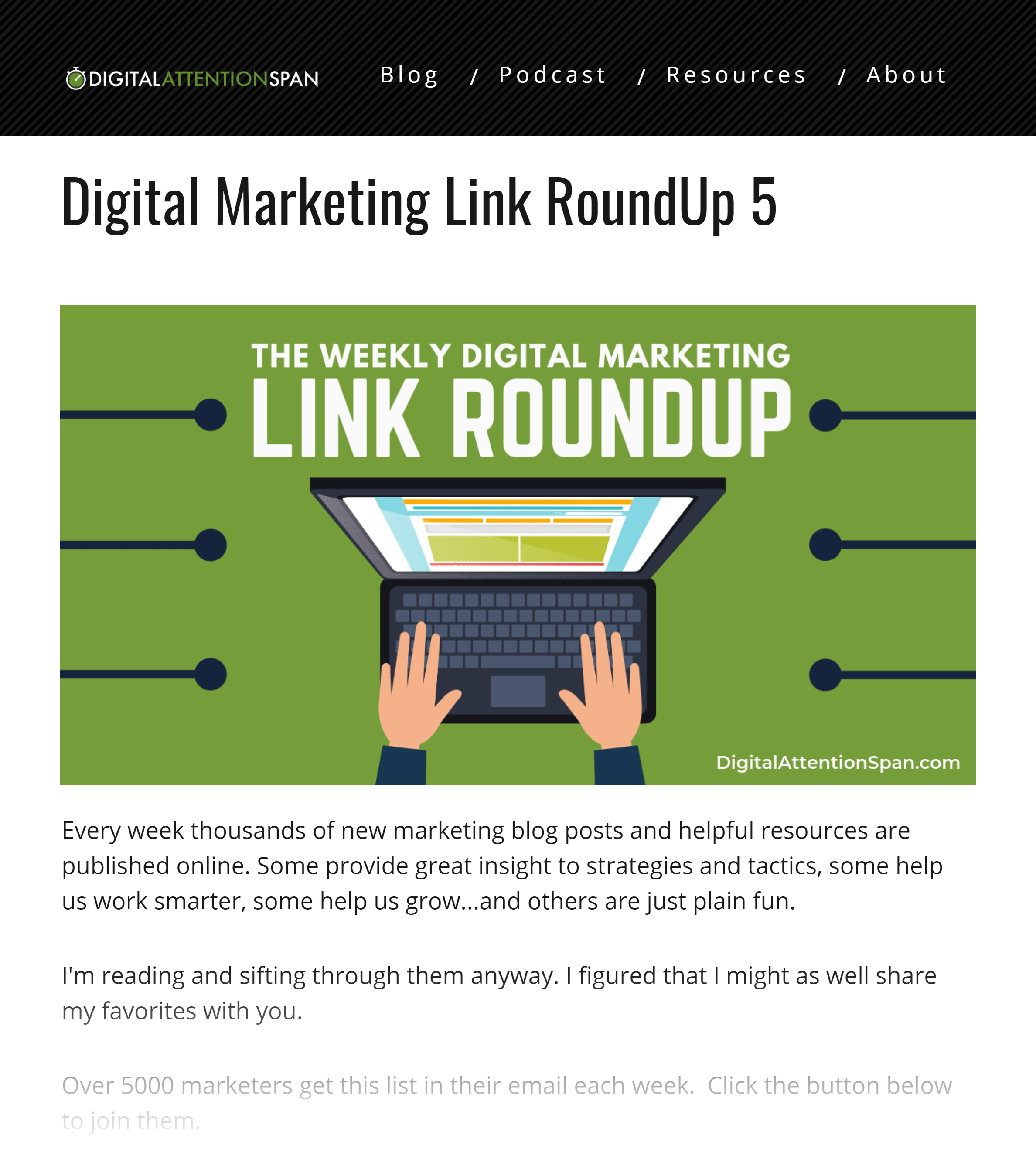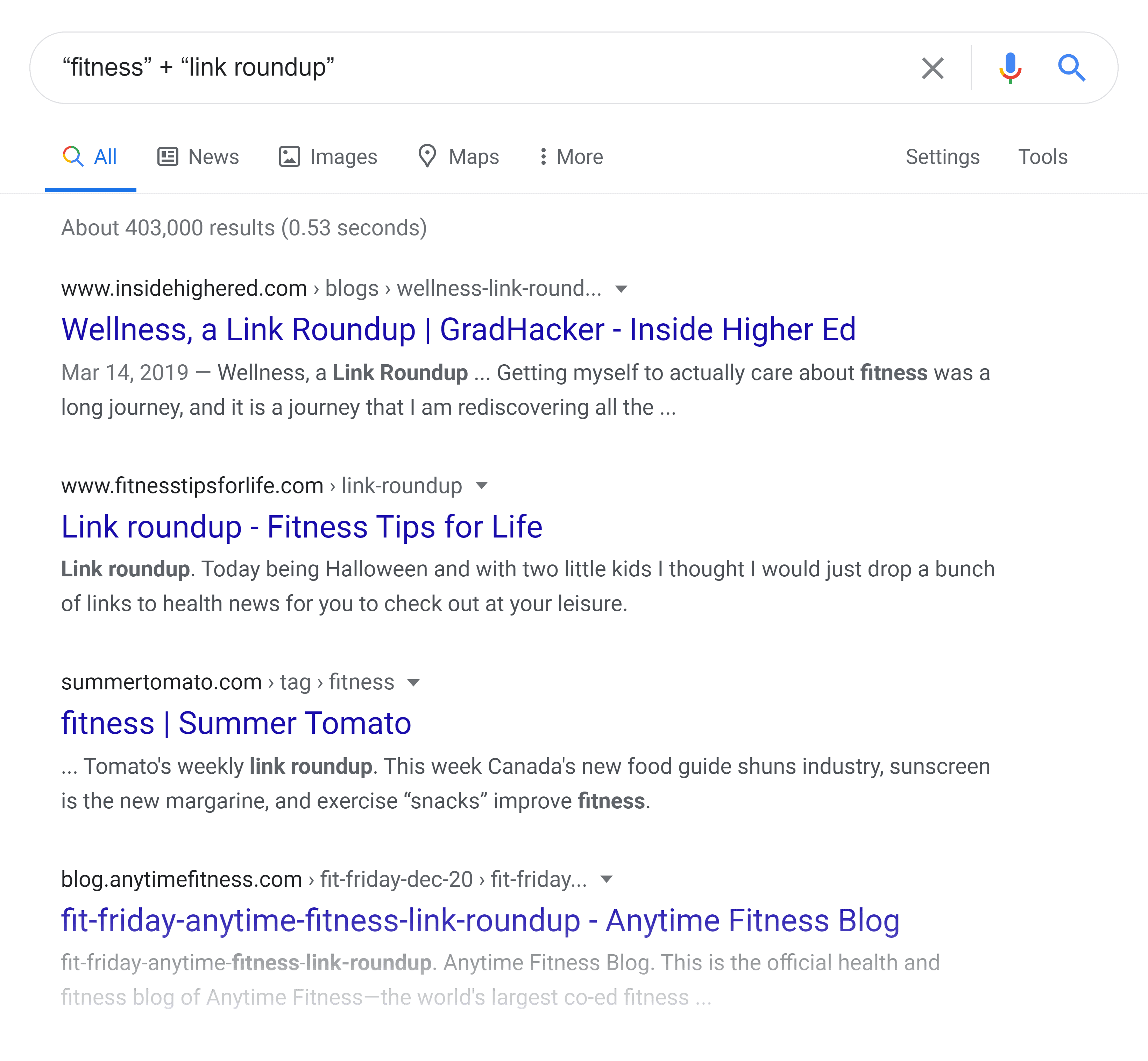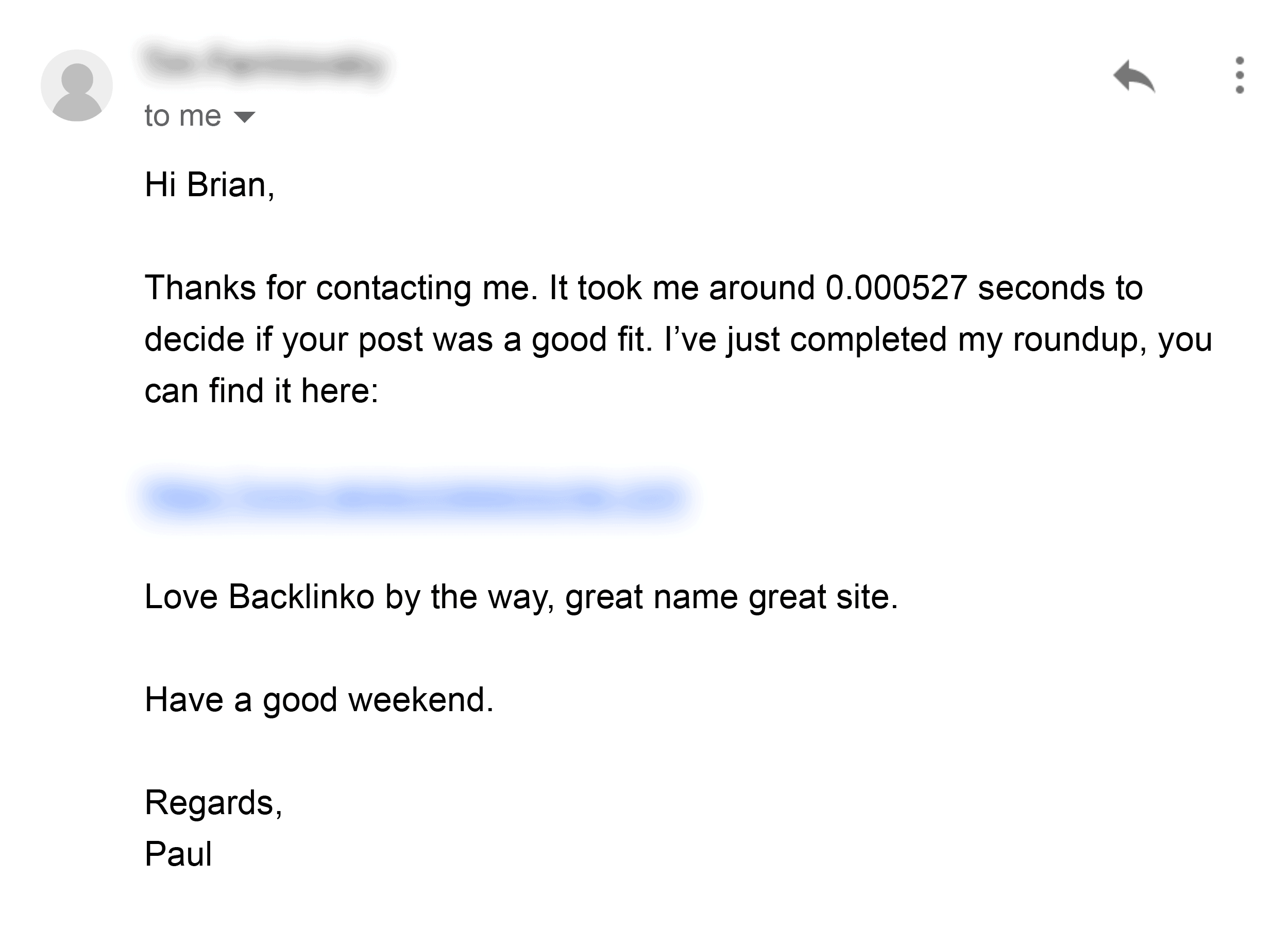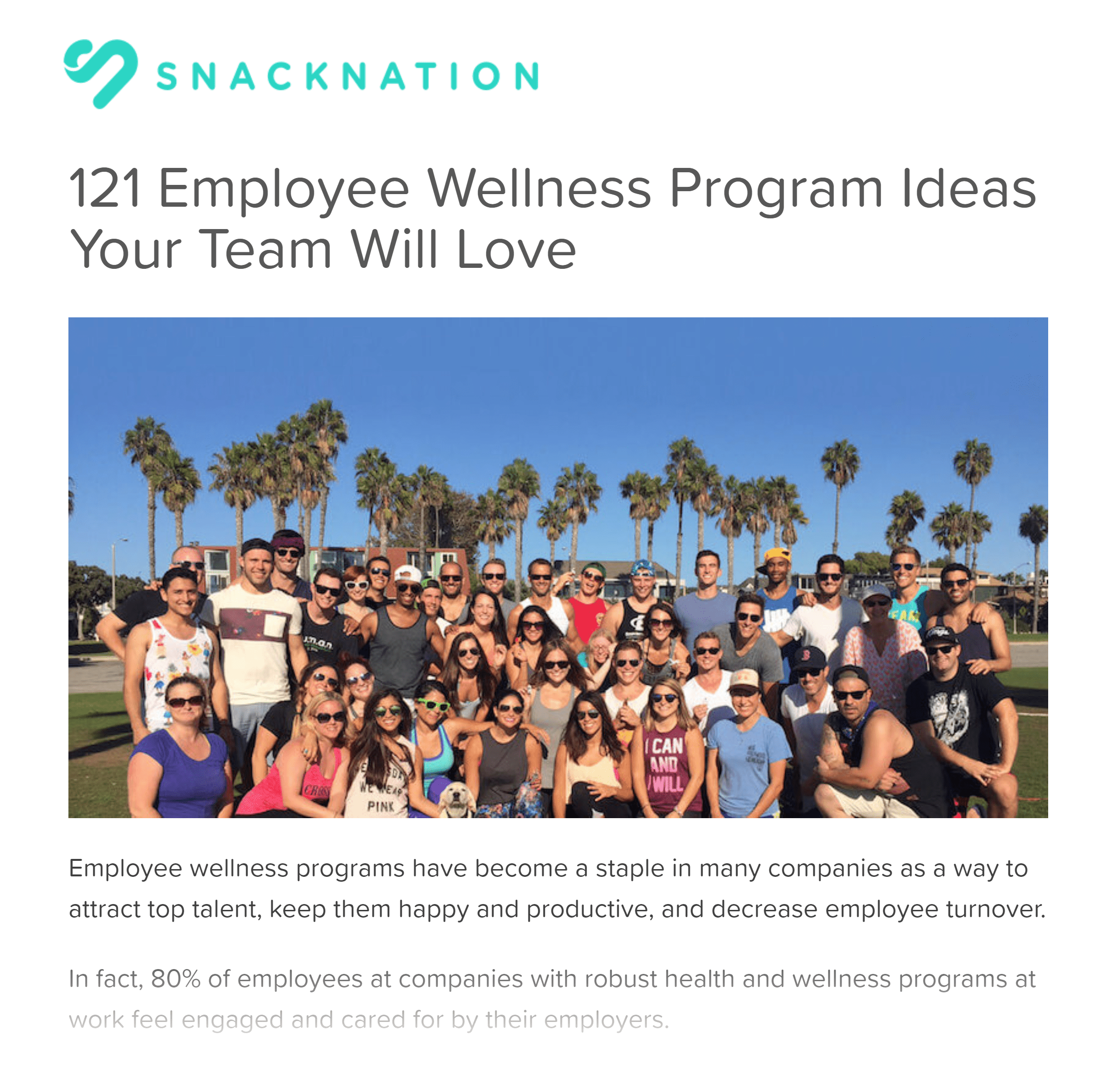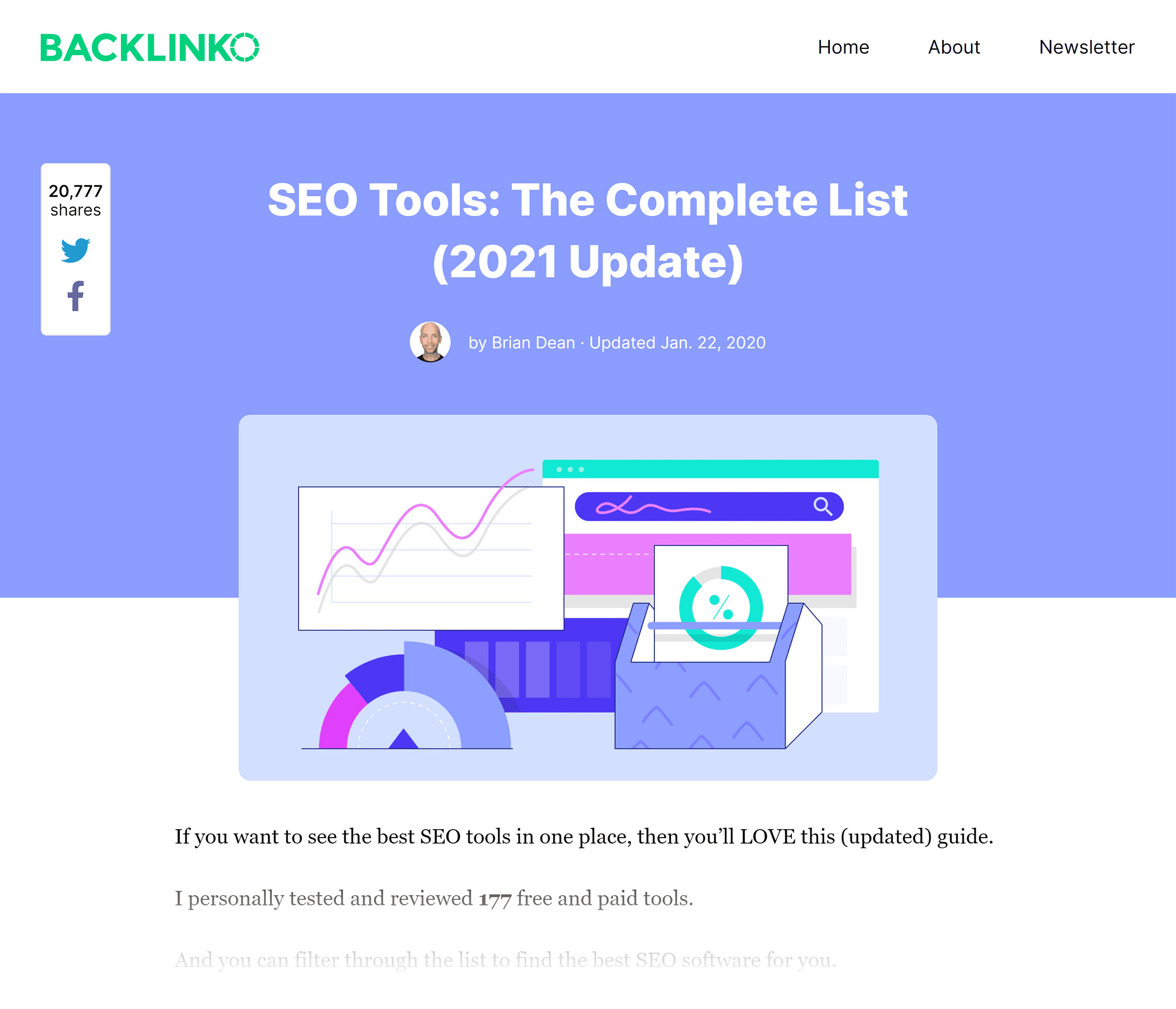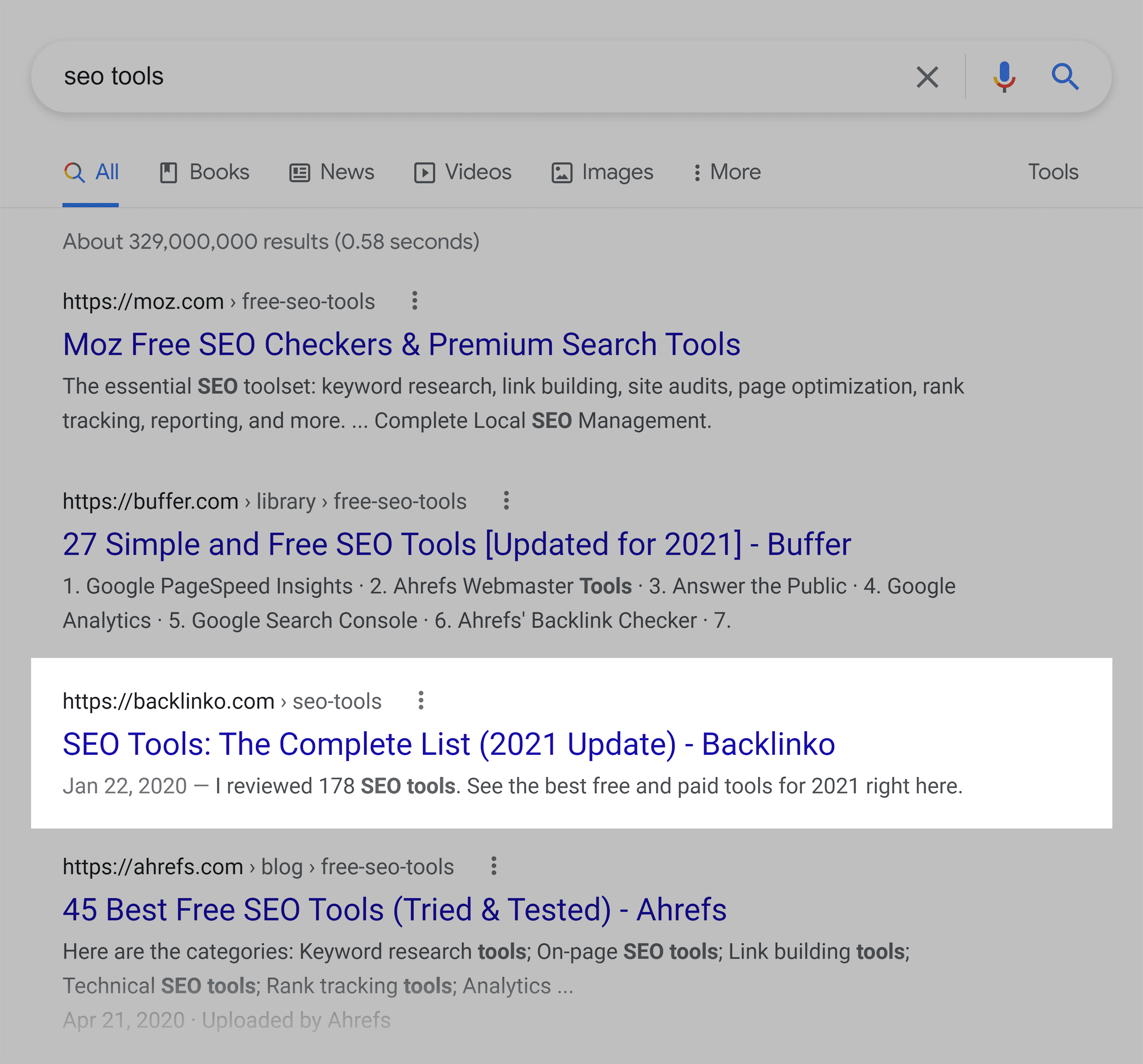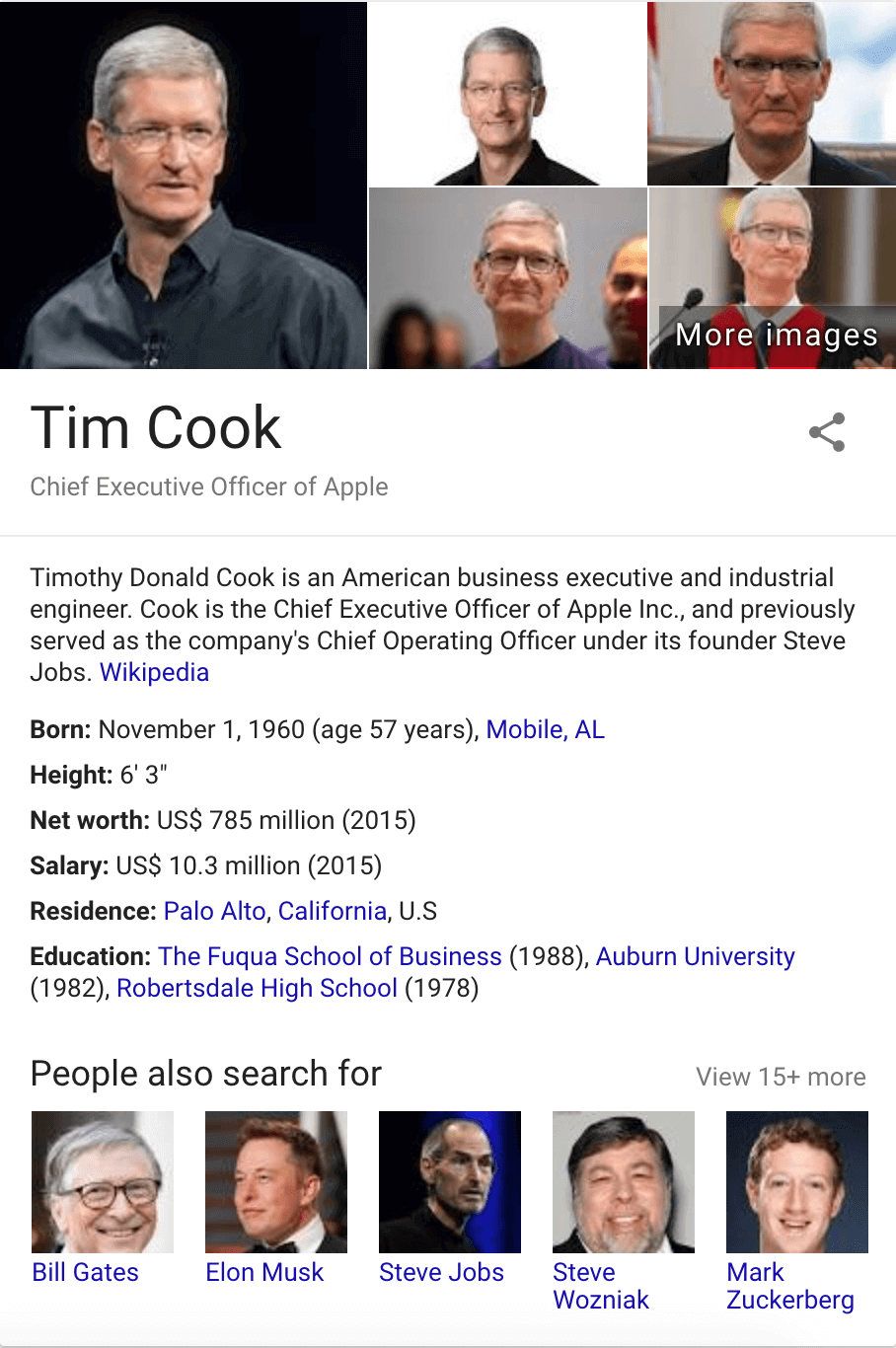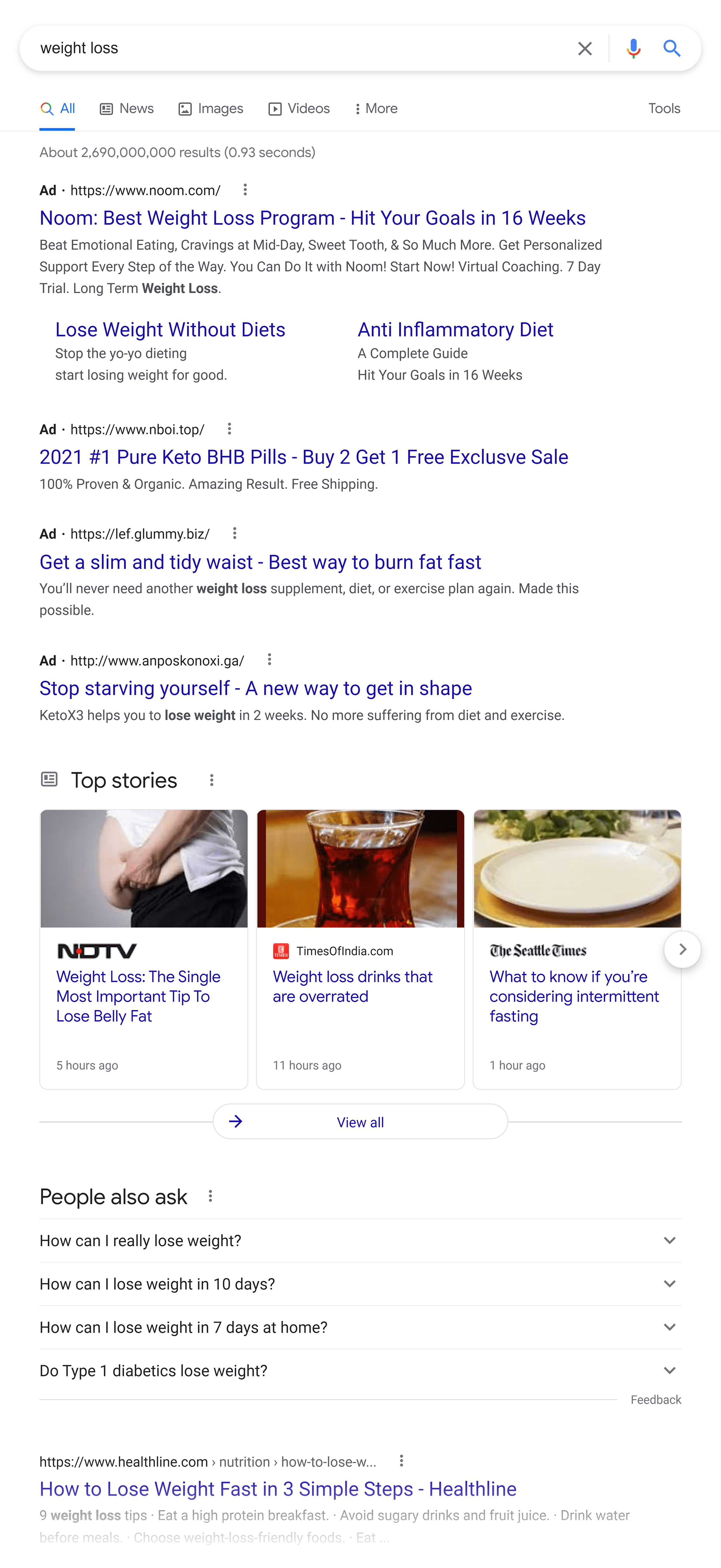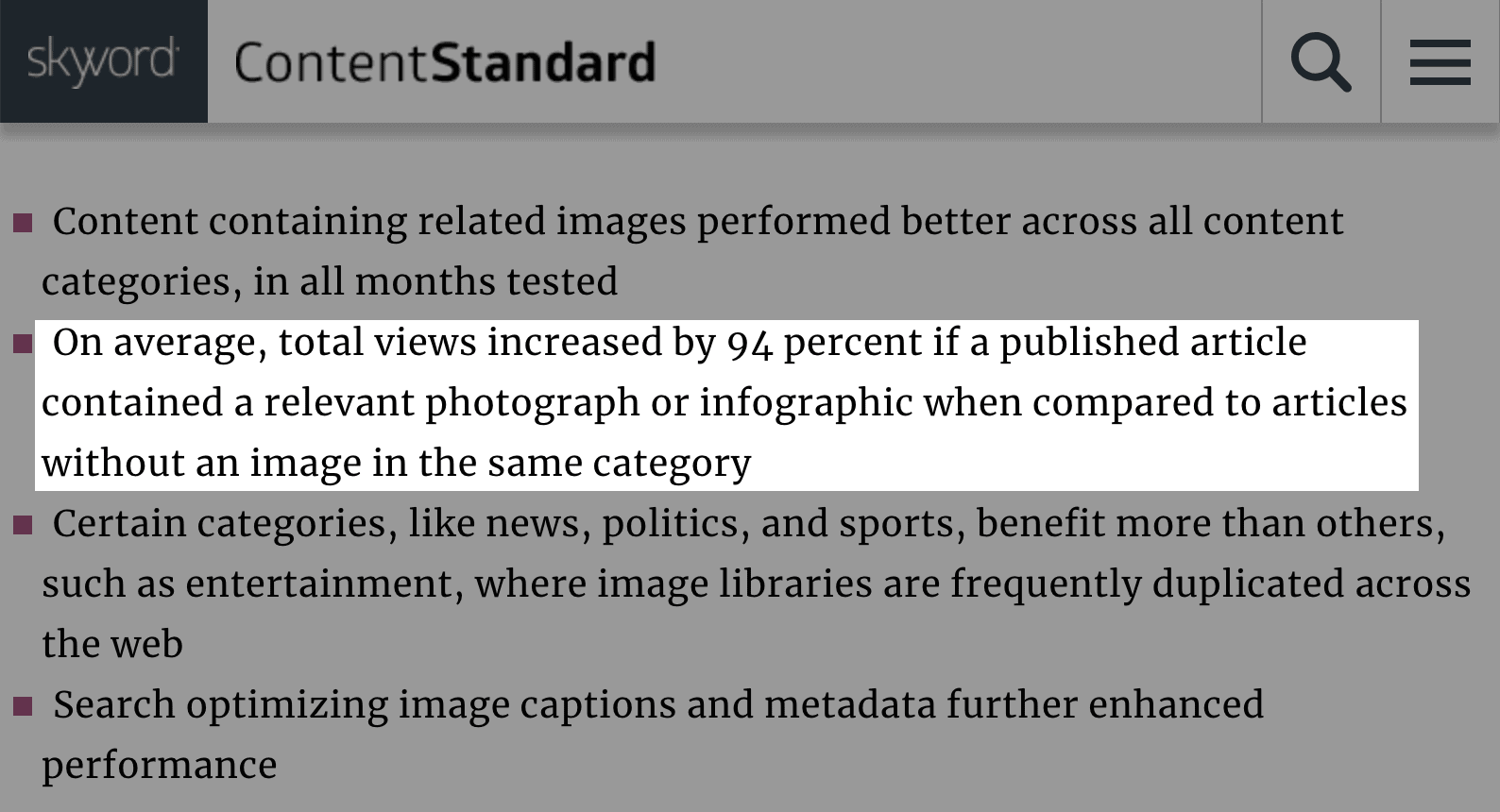Brian Dean of Backlinko is the best of the best in terms of SEO and helping your content rank in the top spots on Google’s search engine results pages. In this article, he shares 9 SEO hacks that you haven’t heard anywhere else. His first SEO hack is to improve organic click-through rate by using terms such as “best”, “simple”, and “easy” in your title tags. Find keyword opportunities in the “related searches” section on Google, as well as by typing the term into other search engines such as Bing, Pinterest, and YouTube. Increase search engine rankings by reducing your bounce rate. To get more backlinks, one of the top factors Google takes into consideration when ranking your content, ask to be featured in link round-up posts or on resource pages where you’d be a good fit. And lastly, publish in-depth content using multimedia. Teach all there is to know on a subject through charts, graphs, statistics, videos, and more. Be the ultimate resource so users can find the answer to all of their questions and become an expert by the time they’re done reading your article. Keep reading to learn more SEO hacks that will help you rank higher on Google. If you have any questions about your SEO strategy or want us to handle it for you, reach out to us at Prebuilt Sites or The BBS Agency. We’d love to help you out!
Today I’m going to show you 9 SEO hacks that very few people know about.
In fact, one Backlinko reader used these exact techniques to rank #1 for his target keyword:
Source: Backlinko
So if you’re sick of reading the same old strategies, you’ll LOVE these little-known tips.
How I Went From “Oh Crap” to “Heck Yeah!”
I’ll be honest with you:
When I launched my first website, I had no idea what I was doing.
So I hired a random marketing agency to “SEO my site”.
#facepalm
Needless to say, that didn’t work out.
That’s when I decided to learn SEO myself… through trial and error.
It took 3 long years, but I eventually figured out how to do SEO the right way.
Specifically, I uncovered a handful of strategies that no one else knows about.
And thanks to my proven strategies I now rank in the top 3 for some insanely competitive keywords.
Source: Backlinko
And Inc. called me “one of the world’s most sought-after SEO experts”.
Source: Backlinko
With that, let’s get into the SEO hacks.
SEO Hack #1: Use These Words In Your Title Tag, Get More Traffic
A few years ago, SEO pro Ross Hudgens decided to run an interesting experiment.
Ross analyzed 7,999 pages that ranked on the first page of Google.
Source: Backlinko
What did he find?
Ross discovered that top ranking pages tended to use these 7 words in their title tags.
Source: Backlinko
What’s going on here?
Well, Google upranks websites that get a high organic click-through rate.
Source: Backlinko
According to Ross, these terms tend to attract clicks from Google searchers.
And because pages that use these words in their title get more clicks, they also get higher rankings.
Besides the terms that Ross found, here are a few others that I personally use to maximize my organic click-through rate.
- Today
- Right now
- Fast
- Works quickly
- Easy
- Simple
- Quick
- Step-By-Step
- New
I’ll have another strategy that you can use to boost your click-through rate later in this article.
But for now, let’s jump right into our second SEO hack…
SEO Hack #2: Find Long Tail Keywords with “Searches Related To…”
Here’s how to execute this technique.
First, type a keyword into Google.
Source: Backlinko
Next, scroll to the bottom of the search results until you hit the “Related Searches” section.
Source: Backlinko
This section is where Google shows you keywords that are similar to the one you just searched for.
And because these terms come straight from Google, they can make GREAT long-tail keywords for you to target.
SEO Hack #3: Use These Little-Known Sources of Awesome Keyword Ideas
You’ve probably already used Google Suggest to find long-tail keywords.
This is where you type a phrase into Google and see which keywords Google suggests.
Source: Backlinko
This tactic is pretty cool.
But there’s one problem with this approach:
Everyone and their mom knows about it!
That’s why I recommend using untapped sources of suggested keywords.
I’m talking about places like YouTube, Amazon, Wikipedia and Bing.
For example, let’s say that you were going to write an article about the paleo diet.
But you didn’t have a keyword for it.
Instead of typing the phrase “paleo diet” into Google, try YouTube.
Source: Backlinko
And you’d get a whole new set of suggestions.
You can get even more awesome keyword ideas by doing the same thing in Bing.
Source: Backlinko
That’s all there is to it.
SEO Hack #4: Reduce Your Bounce Rate. Get Higher Rankings
I analyzed 11.8 million Google search results to figure out why certain pages rank higher than others.
Source: Backlinko
One of our findings was that pages with a low bounce rate tend to outrank pages with a high bounce rate.
Source: Backlinko
Now:
It’s not clear if Google uses bounce rate as a direct ranking signal.
Our findings could be the case of correlation not always equaling causation.
For example, pages with a low bounce rate might have straight-up better content. And that’s why Google ranks them so highly.
Or it could be that Google uses bounce rate as a direct ranking signal.
Either way, I recommend finding pages on your site with a high bounce rate and improving the content so people stick around.
SEO Hack #5: Use Google Ads to Optimize For Click-Through-Rate (CTR)
Look:
I already showed you how a higher CTR can help you get higher rankings.
And now it’s time for me to reveal one of my favorite ways to boost CTR:
Google Ads.
In case you’re not familiar with how Google Ads works, it’s basically a big auction.
But unlike most auctions, Adwords also takes into account an ad’s click-through-rate.
If an ad has a really high CTR, it gets a steep discount on every click.
Source: Backlinko
Needless to say, every ad you see in Google is optimized like crazy to maximize clicks.
And when I realized that I could use these ads to help write my page’s title and description tag, a light bulb went off.
With that, let me walk you through the step-by-step process.
First, search for your keyword in Google.
Source: Backlinko
And keep an eye out for Adwords ads that appear at the top and bottom of the first page.
Source: Backlinko
If you notice a word or phrase in lots of ads…
Source: Backlinko
…sprinkle them into your title and description tag.
Source: Backlinko
And you’ll probably notice a boost in your CTR and organic traffic.
It’s that easy.
SEO Hack #6: Build Backlinks From “Link Roundups”
Now it’s time for our first link-building technique.
Let’s get something out of the way:
Backlinks are still a MUST for SEO.
After all, a Google employee recently said that backlinks are one of Google’s top 3 rankings signals.
“[In addition to RankBrain] I can tell you what they are. It is content. And it’s links pointing to your site.”
And now I’m going to show you one of my all-time favorite link building strategies:
Link Roundups.
Link roundups are weekly or monthly blog posts that link to the best content that recently came out.
Here’s an example:
Source: Backlinko
So if you publish high-quality content on your site, you have a good chance of getting your content included in a roundup.
For example, I got this backlink using the process that I’m about to share with you.
Source: Backlinko
OK, let’s get into the steps.
First, you need to find link roundups in your industry.
All you need to do is search in Google using these search strings.
- “your keyword” + “link roundup”
- “your keyword” + roundup
- “your keyword” + “best of”
- “your keyword” + this week
And you should find at least a handful of roundups that are a good fit for your site.
Source: Backlinko
Then, reach out to the person that runs the link roundup.
Pro Tip: Use Hunter.io or Voila Norbert to find the person’s email address.
Let them know that they run a great roundup. And that your content might be a good fit.
Here’s a real-life example of an email that I sent a while ago.
Source: Backlinko
If your content is a good fit, they’ll usually have no problem adding a link to your site in that week’s roundup.
Source: Backlinko
And trust me, when you get a link from a roundup, you’ll want to give yourself a high five.
(Yes, it’s possible.)
The best part?
Not only do you get a link, but your link’s anchor text is usually just the title of your article.
Source: Backlinko
That way your anchor text includes your target keyword. But it’s not spammy exact match anchor text, which Google doesn’t like.
SEO Hack #7: Resource Page Link Building.
Speaking of links, let’s cover another white hat link building technique: Resource Page Link Building.
This strategy is similar to link roundups…with one major difference.
Like link roundups, resource pages link out to awesome content on a given topic.
But unlike roundups, resource pages include the all-time best content on that topic.
Here’s an example of a resource page.
Source: Backlinko
Now it’s time for me to show you how to build links from resource pages.
First, use these search strings to find resource pages in your niche.
- “fitness” + “resource page”
- “fitness” + “resources”
- “fitness” + “recommended sites”
- “fitness” + “links”
When you find a page where your link would make sense…
…send them this tested script:
Hey [Name],
I was looking for some content on [Your Topic] today when I found your excellent resource page.
Great stuff!
I really like that you [Something Unique About Their Resource Page or Website].
Actually, I recently published a piece of content on [Your Topic].
It might make a nice addition to your page.
Either way, keep up the awesome work 🙂
Thanks,
[Your First Name]
Obviously, this is kind of a number’s game.
But if your content is amazing, you’ll find that lots of people have no issue adding your link to their resource page.
SEO Hack #8: Publish “In-Depth” Content.
A few years ago, one of my readers, Emil Shour, reached out to me.
He emailed to tell me about a piece of content he published that quickly hit the #1 spot for his target keyword.
Source: Backlinko
How did he do it?
He published an incredibly in-depth piece of content.
Source: Backlinko
And my big search engine ranking factors study found data to back this up.
We found that long, in-depth content tended to rank really well in Google.
Source: Backlinko
In practical terms, what does this mean?
It means that articles like “5 tips for X” or “4 ways to Y” don’t work anymore.
To rank today, your content needs to cover everything there is to know about your topic.
For example, some time ago I wanted to write a post about SEO tools.
My original idea was to list my 12 favorite tools.
This post would have been OK.
But it wouldn’t have been the type of in-depth content that ranks on Google’s first page.
That’s when I decided to review every single SEO tool on the internet.
It took over 70 hours, but in the end, I had a piece of VERY in-depth content.
Source: Backlinko
Content that now ranks in the top 3 for my target keyword.
Source: Backlinko
So the hard work paid off.
SEO Hack #9: Pay Attention to SERP Features
You’ve probably noticed that Google is adding more…stuff…to the search results.
Instead of just 10 blue links Google’s results now have:
Knowledge graphs:
Source: Backlinko
Rich snippets:
Source: Backlinko
Video results:
Source: Backlinko
And more ads than ever before.
Source: Backlinko
Why is this important?
The thing is, most people choose a keyword based on two things:
- Search volume
- Competition on the first page
But they don’t consider that Google’s new SERP features can steal clicks away from the organic results.
For example, let’s take the keyword “weight loss”.
As you can see, Google displays ads at the top of the page, a giant “top stories” box and a “People Also Ask” section.
Source: Backlinko
And because of these new SERP features, according to Semrush, that keyword has a click potential of only 20%.
Source: Backlinko
Bottom line?
Target keywords that don’t have a lot of SERP features. That way you won’t rank for a keyword that ends up getting very few organic clicks.
I know that I said that I would only cover 9 hacks in this post.
But I wanted to throw in a bonus SEO tip for you…
Bonus Hack: Tap Into Multimedia.
So:
Should you use images, videos and charts in your content?
Let’s look at the data.
Skyword research discovered that articles that contained at least one image got an average 94% more traffic than articles without an image.
Source: Backlinko
And our ranking factors study discovered that image-rich content tends to rank best in Google.
Source: Backlinko
The bottom line?
Make sure that your content contains at least one piece of multimedia, like an image or video. Industry studies show that this can help you rank higher in Google.
Originally published on Backlinko.


